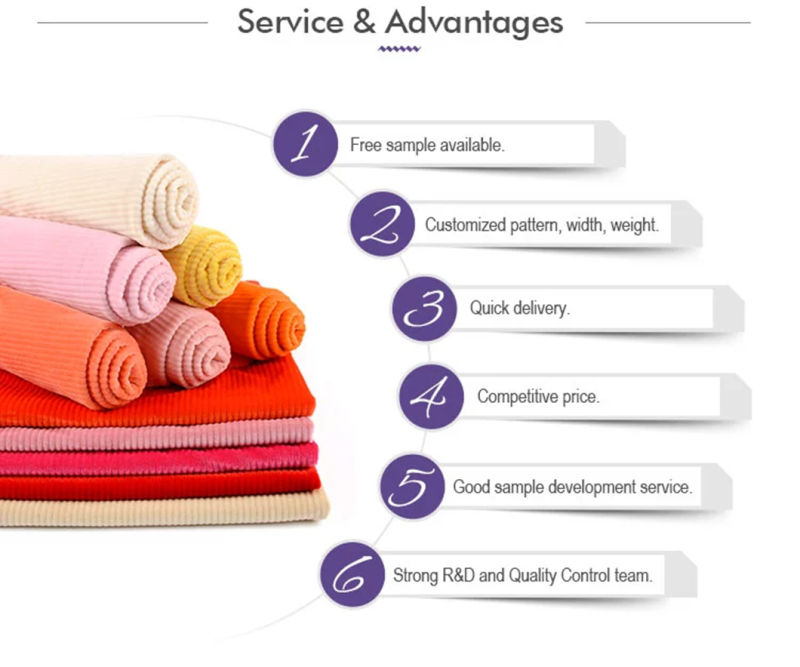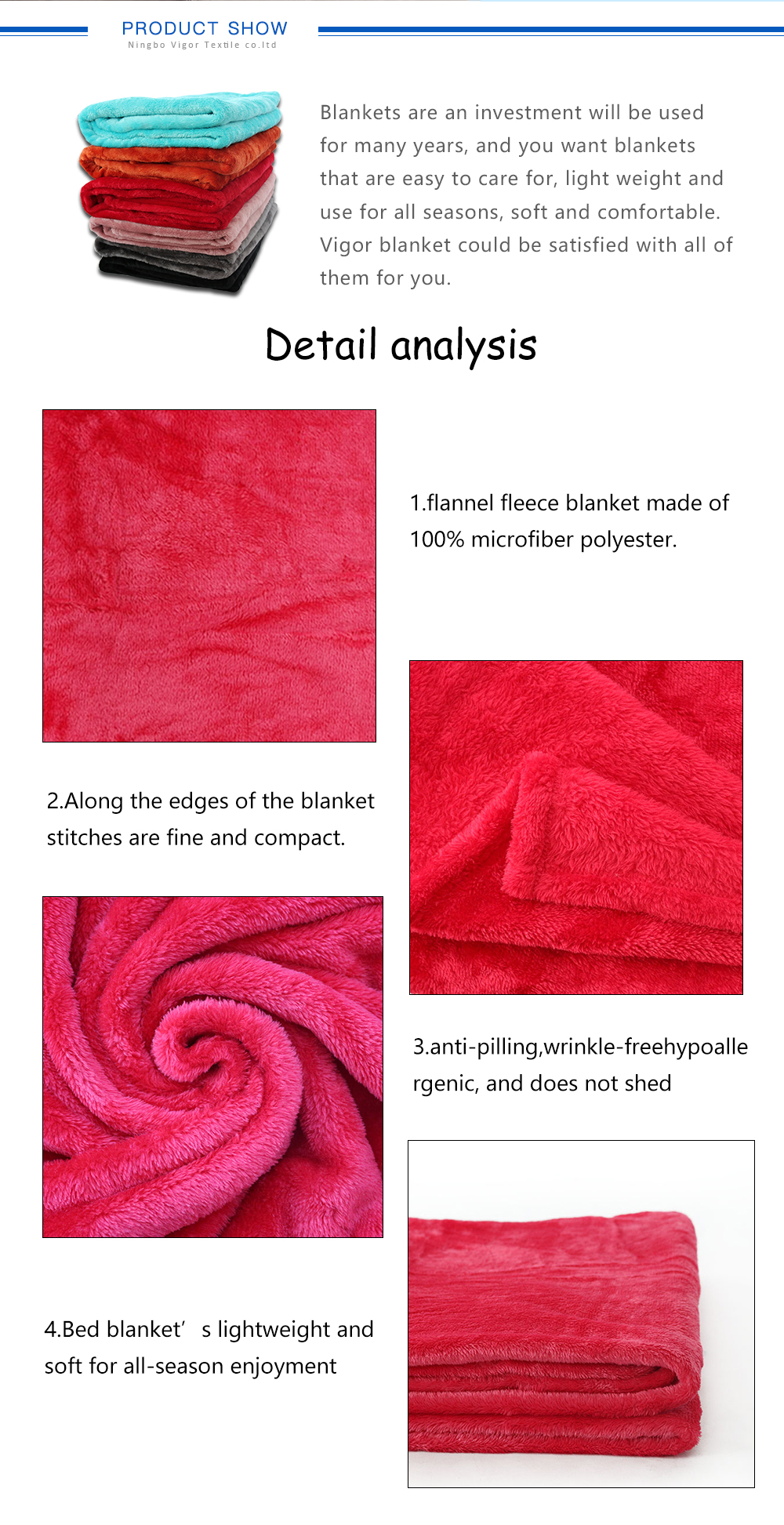Title: Soybean Fiber Blanket vs. Silk Blanket: A Comparative Analysis
In this article, we will explore the differences and similarities between soybean fiber blankets and silk blankets. Soybean fiber, also known as soy protein fiber, is a sustainable and environmentally friendly material that has become increasingly popular in recent years. Silk, on the other hand, has been used for centuries in various industries, including textiles and clothing.Firstly, soybean fiber blankets are made from soy protein fibers, which are extracted from soybeans. The process of making soybean fiber blankets is sustainable and environmentally friendly because it does not require the use of harmful chemicals or excessive water. The result is a soft, warm, and lightweight blanket that is perfect for use in bed or as a throw on the couch.Silk blankets, on the other hand, are made from silk worms' cocoons. The process of making silk blankets involves more complex steps and requires the use of harmful chemicals to remove the sericin protein from the silk fibers. This process is not as sustainable as the soybean fiber blanket-making process and can have negative environmental implications. However, silk blankets are known for their softness, warmth, and elegance.In conclusion, soybean fiber blankets and silk blankets both have their own unique advantages and disadvantages. Soybean fiber blankets are sustainable, environmentally friendly, and offer a cost-effective solution for those looking for a soft and warm blanket. Silk blankets, on the other hand, offer a luxurious and elegant option that is perfect for special occasions or as a gift for someone special.
When it comes to choosing a blanket, there are numerous factors to consider, such as material, warmth, durability, and cost. Two popular choices are soybean fiber blankets and silk blankets. In this article, we will explore the advantages and disadvantages of each to help you make a more informed decision.
Soybean Fiber Blanket
Soybean fiber, also known as soy protein fiber, is a sustainable and environmentally friendly material that has become increasingly popular in recent years. It is produced by extracting protein from soybeans and spinning it into fibers. The resulting material is then used to manufacture various textile products, including blankets.
One of the main advantages of soybean fiber blankets is their cost-effectiveness. They are generally less expensive than silk blankets, making them a more affordable option for many consumers. Additionally, soybean fiber is highly sustainable and biodegradable, making it a more environmentally friendly choice.

However, there are also some disadvantages to consider when choosing a soybean fiber blanket. One major drawback is its short lifespan compared to silk. Soybean fiber blankets may not last as long as silk blankets, requiring replacement more frequently. Another consideration is the fact that soybean fiber may not provide the same level of warmth as silk.
Silk Blanket
Silk is a natural protein fiber that has been used to manufacture textiles for centuries. It is produced by spinning the cocoons of certain insects, most commonly the silkworm. Silk blankets are often associated with luxury and comfort due to their unique texture and warmth-retaining properties.
One of the main advantages of silk blankets is their longevity. They can last for many years with proper care and maintenance. Additionally, silk has excellent thermal properties, providing warmth without being too heavy or bulky. This makes it ideal for use in colder weather conditions.

However, there are also some disadvantages to keep in mind when considering a silk blanket. The main drawback is its high cost compared to soybean fiber blankets. Silk blankets can be several times more expensive than their soybean fiber counterparts. Additionally, silk is not as sustainable as soybean fiber, as it requires a significant amount of resources to produce.
Conclusion
When it comes to choosing between a soybean fiber blanket and a silk blanket, there are numerous factors to take into account. Both have their own advantages and disadvantages, so it ultimately depends on your individual needs and preferences. If you are looking for an affordable and sustainable option, a soybean fiber blanket may be the better choice. However, if you value luxury, comfort, and thermal performance, a silk blanket may be more suitable for you.
Articles related to the knowledge points of this article:
Title: Mastering the Art of Tie Knots: A Comprehensive Guide to Winning at Tie Tying
Title: Discovering the Perfect Tie: A Guide to Purchasing the Perfect Bow Tie
Kakhi Color Down Jacket: The Ultimate Guide to Styling and Care
Title: The Art of Tie Knots: A Comprehensive Guide to Tie Knot Styles



